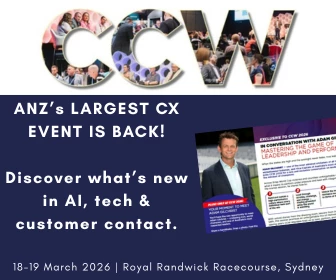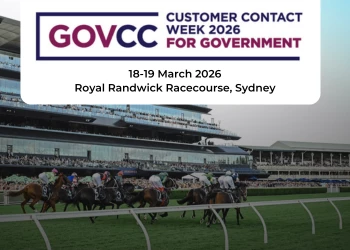Lowering the Bar: New Metrics to Fix Your Struggling Contact Center
Add bookmarkIn an effort to gain recognition and respect, too many struggling contact centers try to bite off more than they can chew – implementing performance goals that they have as much chance of meeting as I do of being crowned Miss America.
I often encourage managers of poorly performing contact centers to stop reaching for the stars and to instead just concentrate on not sucking. You have to crawl before you can walk, and you have to walk before you can run a world-class operation.
With that in mind, below are some key performance objectives that managers of sub-par centers might want to consider implementing to help earn some quick wins, build some confidence among staff, and quit drinking so much in the morning.
Contact Resolution. Don't worry about first-contact resolution (FCR) right now. True, resolving customer issues on the first contact has a big impact on customer satisfaction, agent engagement and operational costs, but chances are your center just isn't yet ready to achieve a lofty FCR objective. Instead focus on a more feasible and less intimidating metric – fifth-contact resolution (5CR).
Studies have shown that it is easier to fully resolve customer issues on the fifth try than it is to do so on the first, second, third or fourth try. Research has also revealed that centers that are able to resolve customer issues within five contacts report higher customer satisfaction, agent retention and cost savings than do centers that don't resolve customer issues until the sixth, seventh or eighth contact.
Service Level. Don't set your center and agents up for failure by shooting for an ambitious service level objective of answering 80 percent of calls within 20 seconds, or some similar challenging goal. It's much wiser to start out with the following, more palatable service level objective: 80% of calls answered… period. The number of seconds that it takes to do so should not be a major concern at this point – that will come later, assuming customers don’t burn your center to the ground in the meantime.
Adherence to Schedule. Most contact centers focus too much on whether or not agents are in their seat at the right times. Your center will be much more likely to meet/exceed its adherence objective if you don't emphasize the "in your seat" and the "at the right times" parts so much. Instead, go a little easier on your staff by explaining the importance of them at least trying to stay within city limits during their shift. Agents will greatly appreciate the fact that you recognize how challenging and restrictive their job can be, and, as a result, will strive to meet the new objective you have set forth. Or not.
[eventPDF]
Contact Quality. When it comes to assuring quality in struggling contact centers, the emphasis should be less on agents achieving high monitoring scores and more on whether or not the person rating the call throws up. When no vomiting occurs, be sure to praise the agent publicly, and consider grooming him or her for a supervisory role. If, however, vomiting does occur during a call evaluation – and it will – provide the agent with positive and nurturing pointers on how he or she could have made the interaction with the customer less nauseating to the person evaluating it.
If you follow all the suggestions and recommendations provided here in this blog post, I guarantee that your contact center will move from being absolutely abysmal to being just a little pitiful in no time. Best of luck!




















